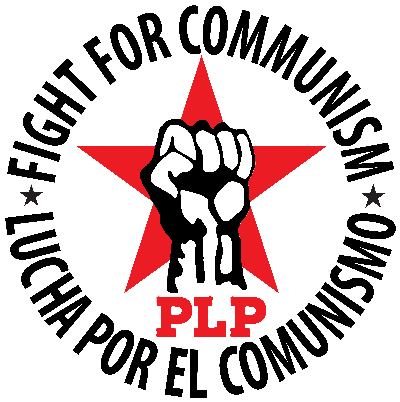The following is part four of a seven-part series reprinted and lightly edited from the communist newspaper Daily Worker in September-October, 1932, written by famous communist Mike Gold.
Workers here are referred to as Black instead of the original “Negro” to reflect our antiracist principles as well as the linguistic shifts that occurred over decades of antiracist class struggle.
Communists have a long history of fighting against racist attacks on our class. One such fight was against landlords and evictions. In the early 1930s, amid Jim Crow segregation, a Great Depression with record unemployment levels that sank the working class—particularly Black workers living in the urban industrial core—into deeper poverty and despair, the Communist Party in the U.S. (CPUSA) was fighting for revolution inside U.S. borders. This period was a golden age of class-conscious fightback when communist ideas were popular and gripped the imaginations of the working class. Under the leadership of the CPUSA, workers organized militant housing councils, tenant unions that led bold actions that weakened the power of profit gluttonous landlords.
Today our class is in a different period marked by increasing volatility. We are choked by record-high inflation, rent hikes, food price gouging compounded by stagnant wages, high unemployment, and an eviction crisis worsened by a still-raging global pandemic. Though the CPUSA is a shell of its former self, decaying into a toothless, reformist party, its history provides valuable lessons for us today.
This series highlights this antiracist revolutionary fightback and contains kernels of working-class wisdom.
In past issues “Reds vs. Evictions” covered the story of Claude Lightfoot a communist activist and author who, like so many communists before and after him, was brutalized by the klan in blue for fighting against racism. In this issue’s edition we look at how that same police terror was hurled at working-class children.
Chicago PD, a bunch of racist thugs
The workers’ children in the Raymond Public School were starving. Many fainted daily of hunger in the classrooms. The nearby Unemployed Council decided to organize a demonstration. October 13, last, some 500 children of the ages of five to 10, assembled before the Council, intending to parade before the United Charities at 46 and Prairie, with banners demanding food and clothing.
At 46 and Michigan three police cars drew up; the cops rushed at the children, cursing, punching, smashing their clubs into young frail bodies. Yes, cops do such things!
Lightfoot and nine others, several Black and two white comrades, were arrested and herded into the Bull Pen, a room packed with 75 other prisoners, the result of raids on gambling dives and speakeasies. Here they were held for three days without being booked.
“But we kept up a wonderful spirit during that time, singing the old revolutionary songs all through the nights, and improvising new ones.”
A dramatic trial
There was a dramatic trial. The state shrewdly designated a Black assistant on the State’s Attorney staff as prosecutor. “There will be bloodshed on our streets this winter,” he orated, “if these Moscow agitators are not locked in the Bridewell.”
Albert Goldman, the fearless attorney for the International Labor Defense, made a most moving reply. “Yes, there will be bloodshed, unless economic conditions change, unless the naked are clothed, the hungry fed, and police do not stop beating in the heads of men who are only asking for the right to live.” The Judge handed out the maximum sentence.
Lightfoot had no more than been taken from the court of capitalist justice when Lieutenant Barker of the Chicago police entered his cell, offering him again his freedom if he would return to the fold.
“I am no damn traitor,” was the young Communist’s brief answer.
Captain Stege of the police came in to add pathos to the capitalist side of the argument.
“Young man,” he said, “I want you to promise me sometime, to visit the fields of Gettysburg. There look at the tomb of my grandfather who died that colored people like you might be his equal.”
“Yes,” answered young Lightfoot, “if you will visit Boston Common, to look at the statue of Crispus Attucks, a man of my race. He was the first to fall in the revolution. He died that your ancestors might be free from England, while Black workers like us remained in slavery.”
Black workers, like workers everywhere, have to break through many crooked paths of illusion before they reach the broad highway of revolutionary thought.
- Information
Reds vs. Eviction Part 4: Working-class children bear racist brunt
- Information
- 01 December 2022 516 hits

